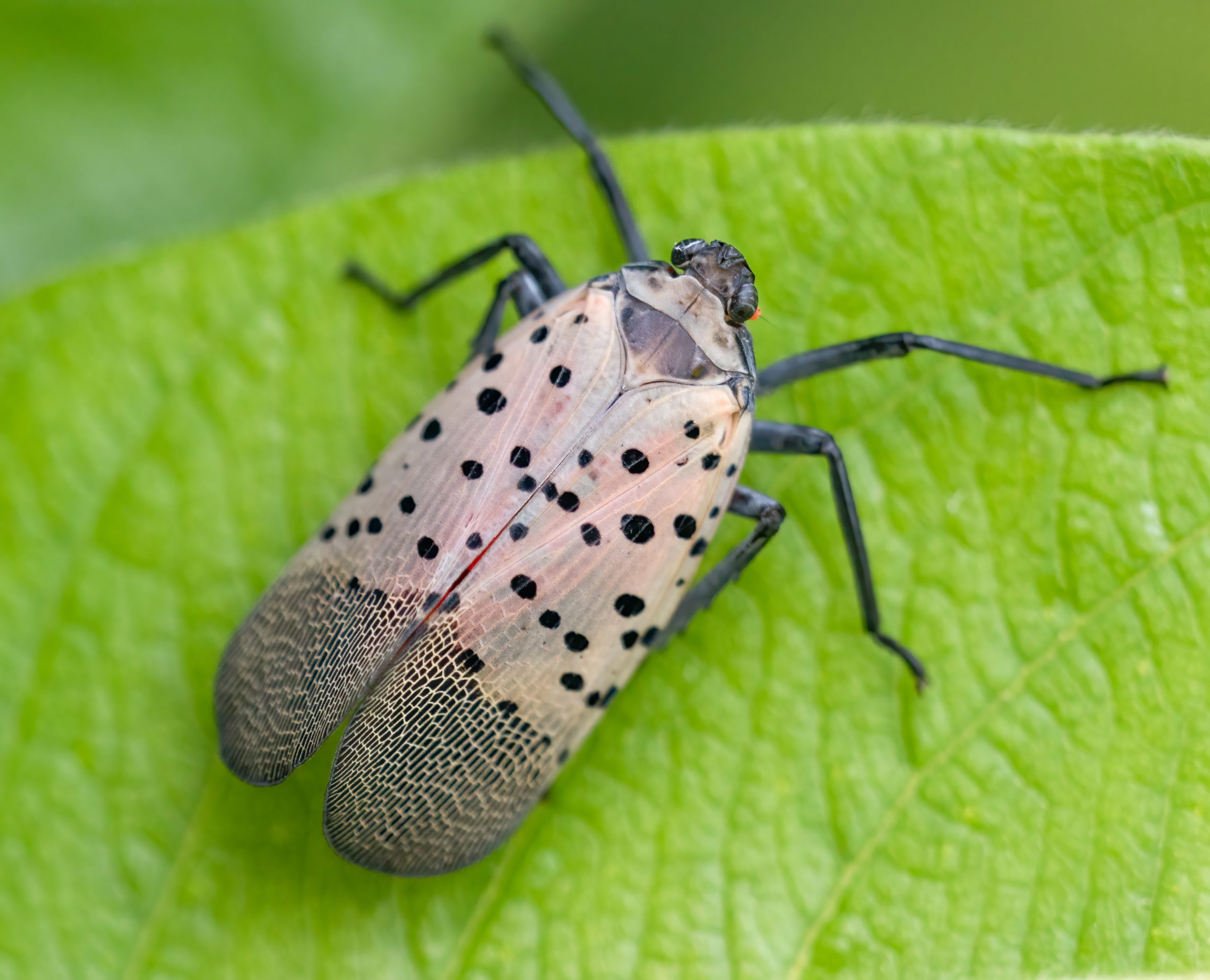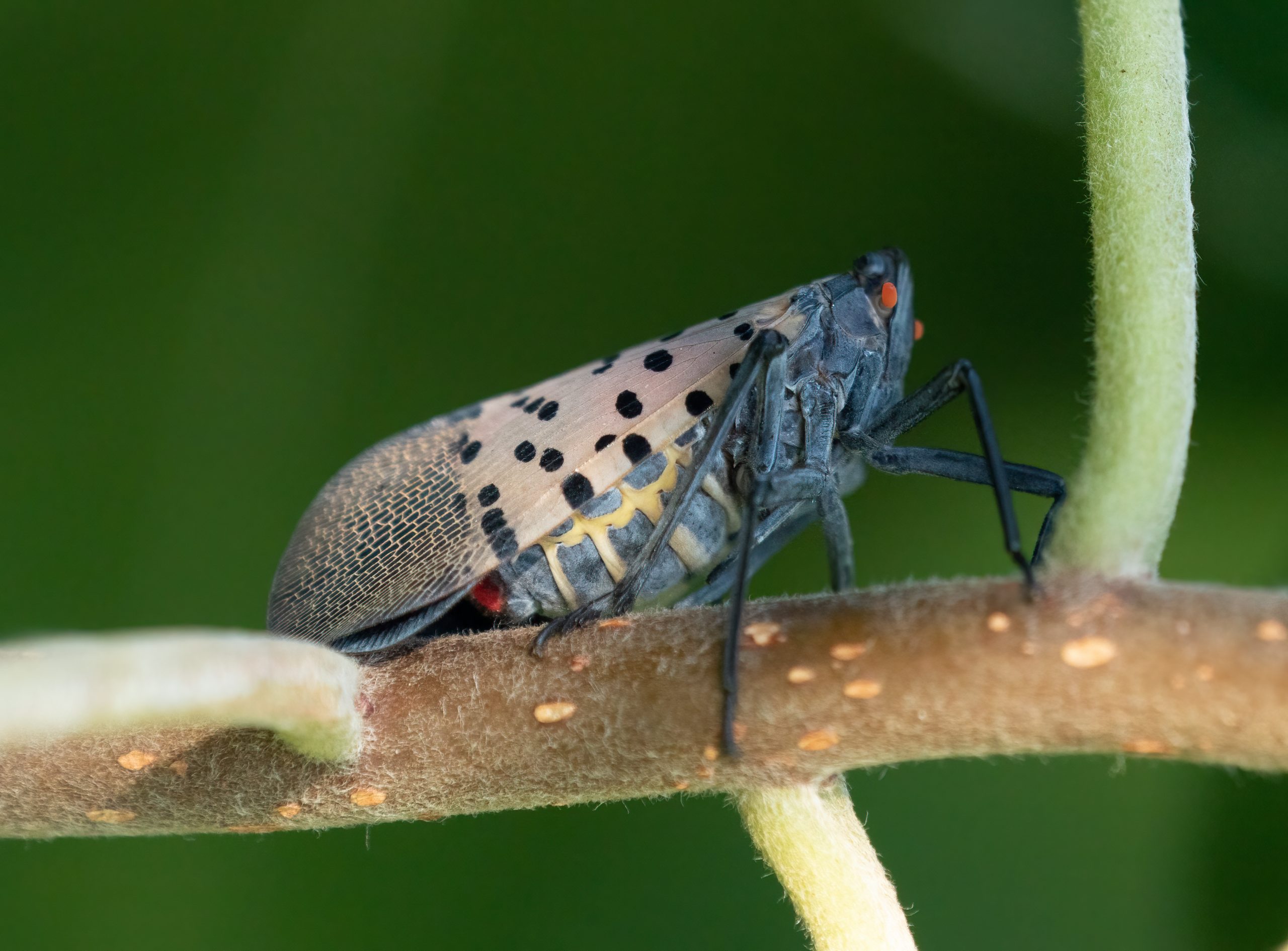
Image from Wikimedia
The invasive spotted lanternfly species that has been plaguing New Jersey for several years has shown a strong presence in the Brick area this season. State officials have advised residents to kill the medium-sized insects – indigenous to parts of China and Vietnam – which lay eggs on stationary objects and wreak havoc on native plants when they consume them.
Spotted lanternflies have also been identified as a major threat to vineyards and other agricultural concerns in numerous states. They were first spotted in Pennsylvania in 2014 and have since spread their range to most of the eastern seaboard, portions of the midwest and several grape-growing counties in California.
New Jersey recent awarded Brick a $15,000 grant to combat spotted lanternflies – not enough to conduct any mass spraying of insecticide as is sometimes conducted with mosquitoes, but enough to treat township-owned parks and properties that officials hope will help limit the local population.
|
|
Brick was one of 146 towns to receive funding to combat spotted lanternflies. Previously, the state Department of Agriculture provided funding only to counties rather than municipalities. Ocean County was not among the counties that requested funding. There are numerous ways to deploy insecticides to kill spotted lanternflies, experts say, but the most common is spraying the plants where their eggs are laid. Eggs are generally laid between September and October. When spotted lanternflies feed on tree sap, they leave behind a substance known as “honeydew” that spurs fungle growth and attracts other pests, compounding the problem.
The majority of eggs can be found in December, once leaves have fallen off trees, as the insect goes through numerous life stages before hatching in the spring.
“We’re going to use it here at town hall, because we have a major problem here, and at Windward Beach and other township parks and properties,” said Township Business Administrator Joanne Bergin. “If we had more funding, we could widen it and treat other properties, but it’s something – it’s ultimately a benefit to everybody.”

Image from Wikimedia
Brick received the maximum amount of funding that can be allotted to municipal governments. County governments can receive up to $50,000, and the state itself has been spraying plants located in strategic areas, such as seaports, airports, and areas around highways where the insects can hitch rides to other locations.
Experts say existing insecticides, considered safe for public pest control, work on lanternfly populations, however they should be deployed professionally since the same substances can be harmful to bees, which are considered beneficial to the environment.

Advertisement

Police, Fire & Courts
Teacher From Brick, 36, Charged With Carrying on Affair With Student
Brick Life
Adult Autism Transition

Police, Fire & Courts
Teacher From Brick Charged in Another Sex Affair With Student









